Changing Seasons in Ancient Japan
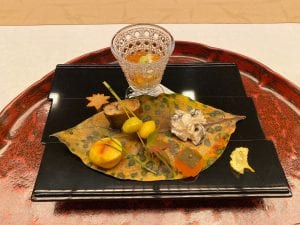
What does a change of seasons look like in another environment, in another country? Are you curious? Depending on where you live, you may see things that remind you of home, similar but different. Getting a glimpse of another climate can be stimulating, relaxing and mind-opening all at once! Any one of those reasons can provide a refreshing interlude in your day, or spark inspiration.
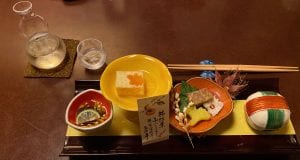
Japanese culture is tuned to natural rhythms and cycles, evidenced by food choices, calligraphy, poetry and art, and even in kimono and wardrobe choices (beyond the practical considerations of rain, wind or sun). There is no doubt, when you look at the meals in these pictures what season it is.
I was fortunate to spend nearly three weeks in Japan last year, exploring Tokyo, Kyoto, Kanazawa and the countryside to the north, much of it on foot.
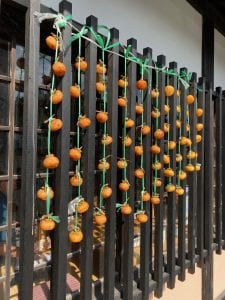
Although many of us are unable to travel now, I’ve enjoyed watching the Japanese seasons change this year with an app called 72 Seasons. So much more than just the five seasons (!) we observe in Classical Five Element acupuncture, or the four seasons familiar to most people, this app describes a year seen through the ancient Japanese calendar. It begins with the weather and accompanying art, a description of something seasonal (like a festival), it includes poetry (often haiku) with commentary and a bio of the author. You’re treated to some seasonal food information accompanied by lovely pictures. Some weeks include a seasonal activity. This gives me a delightful visual and mind break from my routine, and for a short while I am transported.
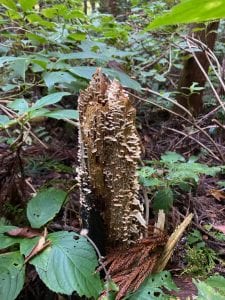
During my too-short stay in Japan, we had many fall dishes that featured chestnuts, persimmon, ginkgo nuts and mushrooms. Visits to tea pavilions featured fall-themed art and calligraphy, and arrangements displaying fall flowers and grasses. The ceramic cups used to serve tea have seasonal decorations or colors, and noting and appreciating them are part of the pleasure of the ceremony. The sweets served with tea carried through the seasonal food themes as well.
And although it was Fall, preparations for winter were also visible, as gardens and trees were being prepared for the colder weather, with elaborate protections against the weight of the snow. Pine needles were being trimmed, branches were stabilized with poles, platforms were erected over some trees (a little roof overhead) and others had tee-pee like structures for protection.
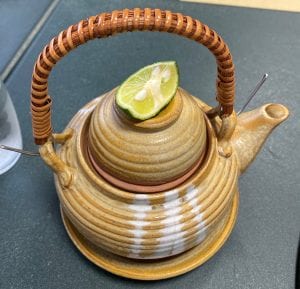
In acupuncture theory, nothing is static, cycles are constantly in flux, even if the changes are only incremental. So even though it seems like we’ve just welcomed fall, we know that winter is up ahead. Look at the times the sun is rising and setting and you’ll see it change daily by minutes. Although check it on November 1st, and it will fall back by an hour!
What seasonal memory do you have from your childhood or a place you lived previously?

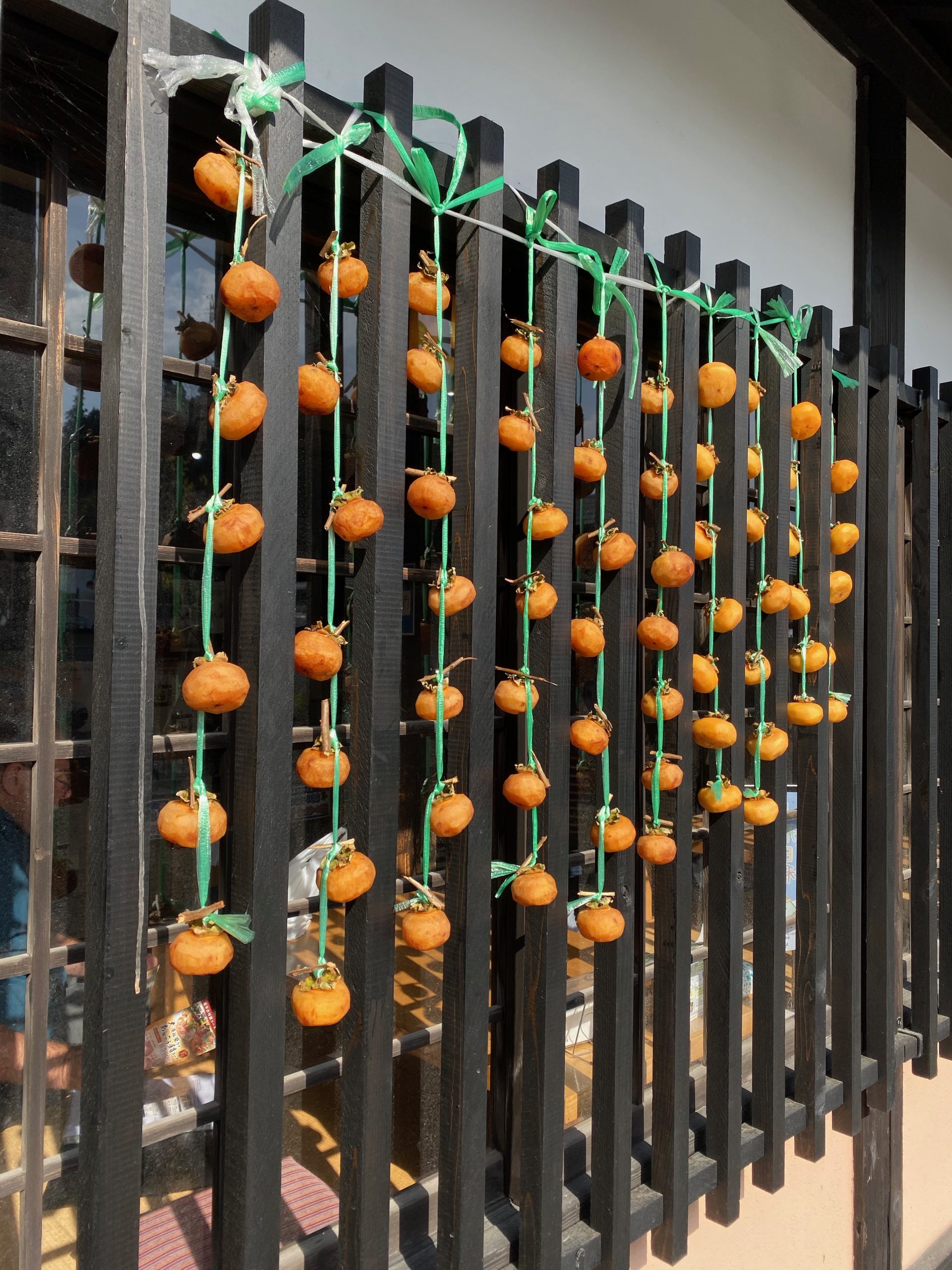




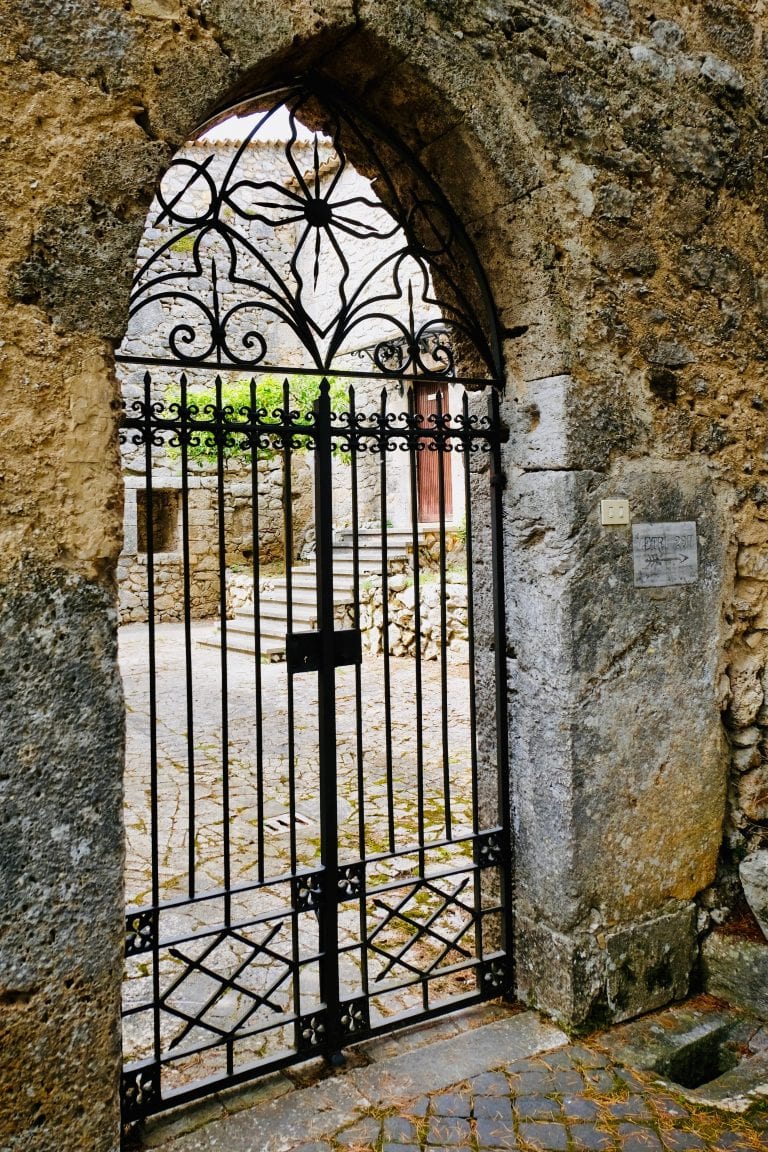
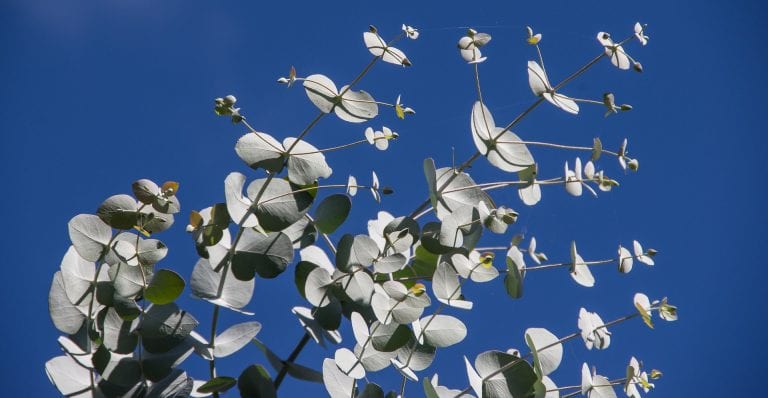
This was quite interesting.
I hope you notice some Fall distinctions where you live, and enjoy them!
I prefer my seasons in real life!
I agree, and I embrace other options to experience the change of seasons, too.
I like the lunch served on the giant leaf! It’s interesting to learn about other cultures.
Lunch as art! Makes it more delicious!